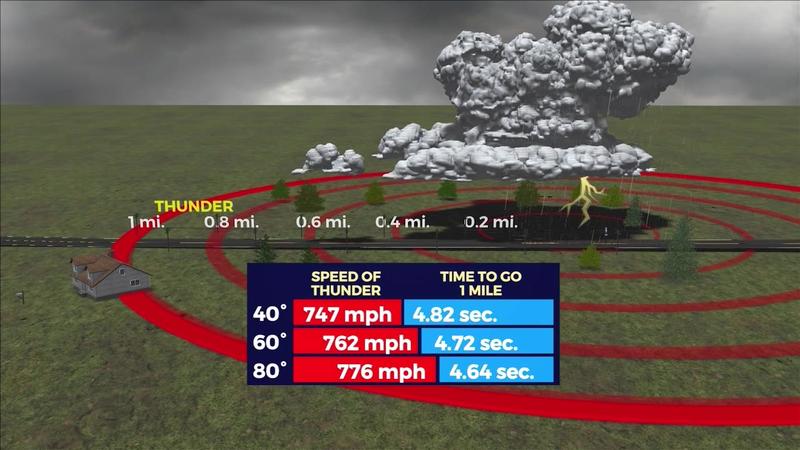Weatherz School: Thunder

You can’t have thunder without lightning. When lightning passes through the air, it can heat to 50,000 degrees F, which is 5 times hotter than the sun! The dramatic change in temperature causes air to rapidly expand and contract. This creates a shock wave that we hear as thunder.
Light and sound travel at different speeds, so we can approximate the distance based on the time between lightning and thunder. A house one mile from a lightning strike will hear thunder about 5 seconds after the flash. The 5 second rule is an approximation because the speed of sound isn’t fixed. For example, as temperature increases, the speed of thunder increases because air molecules move faster in warmer air.
Sound dissipates as it travels outward. Once you get more than 10 miles away from the strike, you can see the lightning but you can’t hear any thunder. This is called “heat lightning.”
Because of the distance, the odds of being struck by heat lightning are very low. Unless, of course, the storm is traveling in your direction. In general, the safest rule of thumb is when thunder roars, stay indoors.